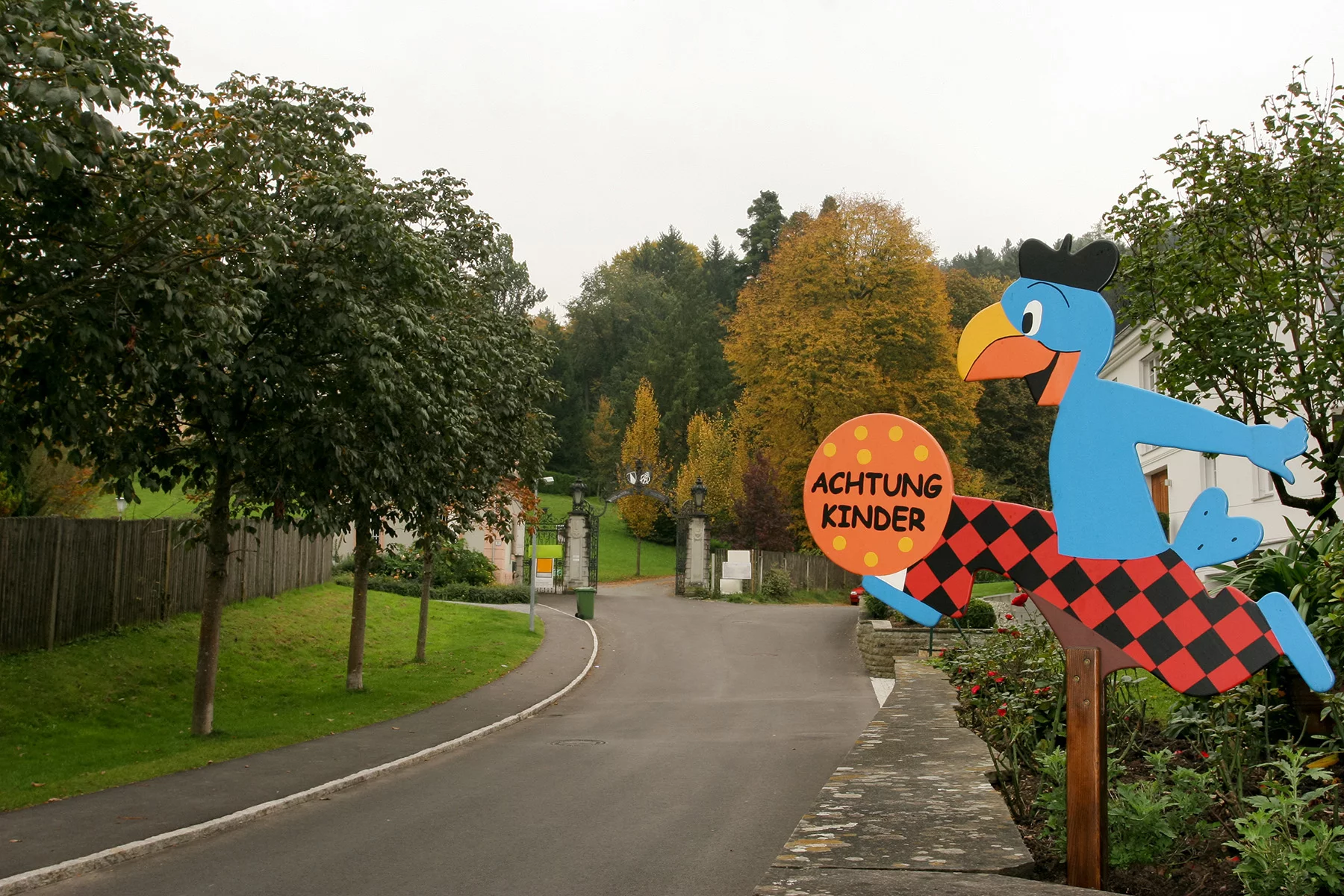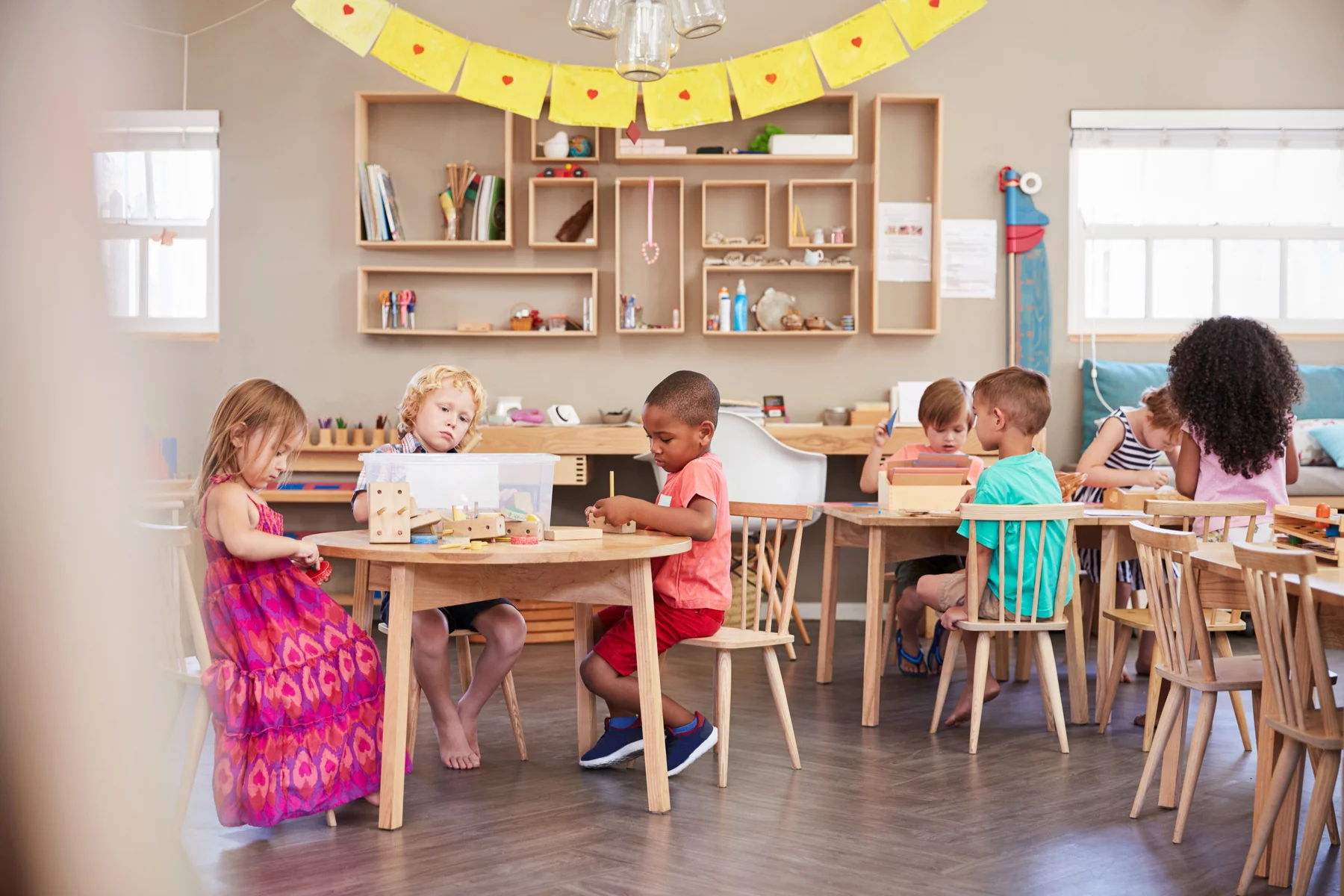Austria has a strong and robust education system. As such, expats have lots of choices when it comes to educating their young children. In fact, when searching for a primary school in Austria, parents will have to consider whether they want a public or private school. Another consideration is the language of instruction they prefer. These are important decisions as they will set the children up for further educational opportunities at different secondary schools or universities.
This guide will help parents decide how to choose an Austrian primary school for their kids. It includes the following information:
The primary education system in Austria
A primary school in Austria is called a Volksschule or Grundschule and is compulsory from ages 6 to 10. As such, primary schools operate on a four-year system and most children join in the September after their sixth birthday. However, if the child is ready, they may be able to start their schooling slightly earlier.

Primary schooling in Austria is available at state schools or private institutions. There are 2,865 public primary schools in Austria, as well as 106 private schools receiving government assistance. Because of this, Austrian primary schools can cater to over 340,000 students each year.
State/public primary schools in Austria
Because primary school is compulsory in Austria, all children who are of the appropriate age attend. As such, during the 2020–2021 school year, there were 583,388 compulsory school students in the country. Approximately 90% of students attend state schools, and this includes those in the primary years.
All public primary schools in Austria are free. As such, parents may only need to pay for supplies, such as notebooks and pens. However, there may also be additional fees for activities like field trips. Still, the quality of education at state schools is high. In fact, Austria invests heavily in primary education – in 2015, the country spent US$11,689 per student, well above the OECD average of US$8,631.
Generally, state primary schools in Austria conduct lessons in German. Because of this, students should have a good grasp of the language when they begin school. However, due to an increase in migration, many schools offer language support classes to help students improve their German skills. In addition, some schools specifically cater to minorities and use different languages of instruction. For example, with many Croatian and Hungarian immigrants in the Burgenland region, public primary schools here may combine German with Hungarian or Croatian.
The curriculum in state primary schools in Austria
In general, primary schools in Austria begin on the first Monday in September. The school year comprises two semesters with a one-week break between them, in February. There are also school holidays for Christmas (14 days), Easter (10 days), and Whitsun (four days). Additionally, students get a longer summer holiday of around nine weeks between each year of instruction.

Legally, a primary school in Austria should not start its day before 08:00, though some classes can begin at 07:00 if necessary. As such, primary schools normally run between 08:00 and 14:00. In addition, lessons are about 50 minutes each but can be shortened to 45 minutes. There should also be breaks of at least five minutes between each class. Of course, classes are only held on weekdays and students get Saturdays, Sundays, and public holidays off.
As in other countries, students in primary school in Austria begin to learn basic literacy and math skills. Some schools may also offer religious education, music and art, and two to three hours of physical education per week. In addition, foreign language study begins in the third year. Overall though, the focus is to encourage a strong ability to think and act independently and develop a love of learning.
Throughout their primary schooling, students will face assessments. Although some of this is based on class participation and performance appraisals, there may be some informal written tests. After the fourth year, students must pass German, reading, and mathematics to progress to secondary school.
The pros and cons of state schools in Austria
The obvious benefit of state primary schools is that they are free. In addition, they are conveniently close to your home. Of course, there are many other benefits, too. For example, children in state primary schools will often learn two or three languages, including German. In addition, expat kids can enjoy better integration with Austrian culture in state schools.
Nevertheless, there are a few downsides to state primary schools in Austria. The main one is that the educational quality can decline in more rural areas. Because of this, outside of cities like Vienna, Salzburg, and Linz, the public primary schools in Austria may not offer the best education for your expat child. Similarly, some state schools don’t have as many resources as you might expect. As such, you may end up having to supplement your child’s state education with your own resources and materials.
Applying to state primary schools in Austria
In Austria, if a child reaches six years of age before the last day of August, they have to attend school from the first day of September. To do this, parents must register the child at a primary school. Although this is usually an easy process, you will need to show kindergarten papers.

In addition, parents must take the child with them to the school to complete the registration process. This is because the school will need to see that the child is ready to attend school. Generally, a child will attend the closest state primary school to their home. Although this is ultimately the decision of the Regional Education Board, other arrangements can be made if necessary.
Private primary schools in Austria
Although most primary-age students in Austria attend state schools, a few attend private schools. This is especially true of children from wealthy or international families. Although international schools are popular among parents, there are other types of private primary schools. As such, some of these are outlined below.
Religious schools
Because of Austria’s religious background, many private primary schools are affiliated with the Roman Catholic Church. Therefore, religious education is highlighted at these schools, more so than in other types of private schools.
Montessori schools
The Montessori system is very popular for primary education around the world. Because of this, there are numerous Montessori primary schools in Austria. The advantage of these schools is that they encourage creativity and independence.
Waldorf schools
Waldorf schools have a similar philosophy to Montessori schools. But, they focus more on a well-rounded education that encourages imagination and intellectual stimulation.

Of course, private schools are far more expensive than state primary schools. As such, parents can expect to pay at least €5,000 a year for tuition. There are also additional fees for food, activities, and registration, for example.
International schools in Austria
Similar to private schools, international primary schools are expensive. As such, tuition fees start from €5,000 per year. Of course, there are plenty of additional fees for applications deposits, capitals, meals, and boarding.
Many expats in Austria send their children to international primary schools. This is because they offer high-quality education, a good environment for children’s development, and a non-German language of instruction. Austria has numerous British, French, and American primary schools. As such, children at these schools follow the curriculum from these countries. However, it may be beneficial for kids to attend a state school for more opportunities for cultural integration and language development at this age.
The pros and cons of international schools in Austria
Like anywhere else, there are advantages to international primary schools in Austria. For example, facilities are better and there is often a more multicultural environment. Perhaps the main disadvantage of international primary schools is that they are very expensive compared to state schools, although education standards may be similar at this age.
Useful resources
- Austrian Government Migration Site on Education – provides a breakdown of Austria’s education system
- Bildungs System – a comprehensive page about the Austrian education system
- European Commission Eurydice – the European Commission site with information about the Austrian primary education system
- City of Vienna – a page about the Viennese school system







